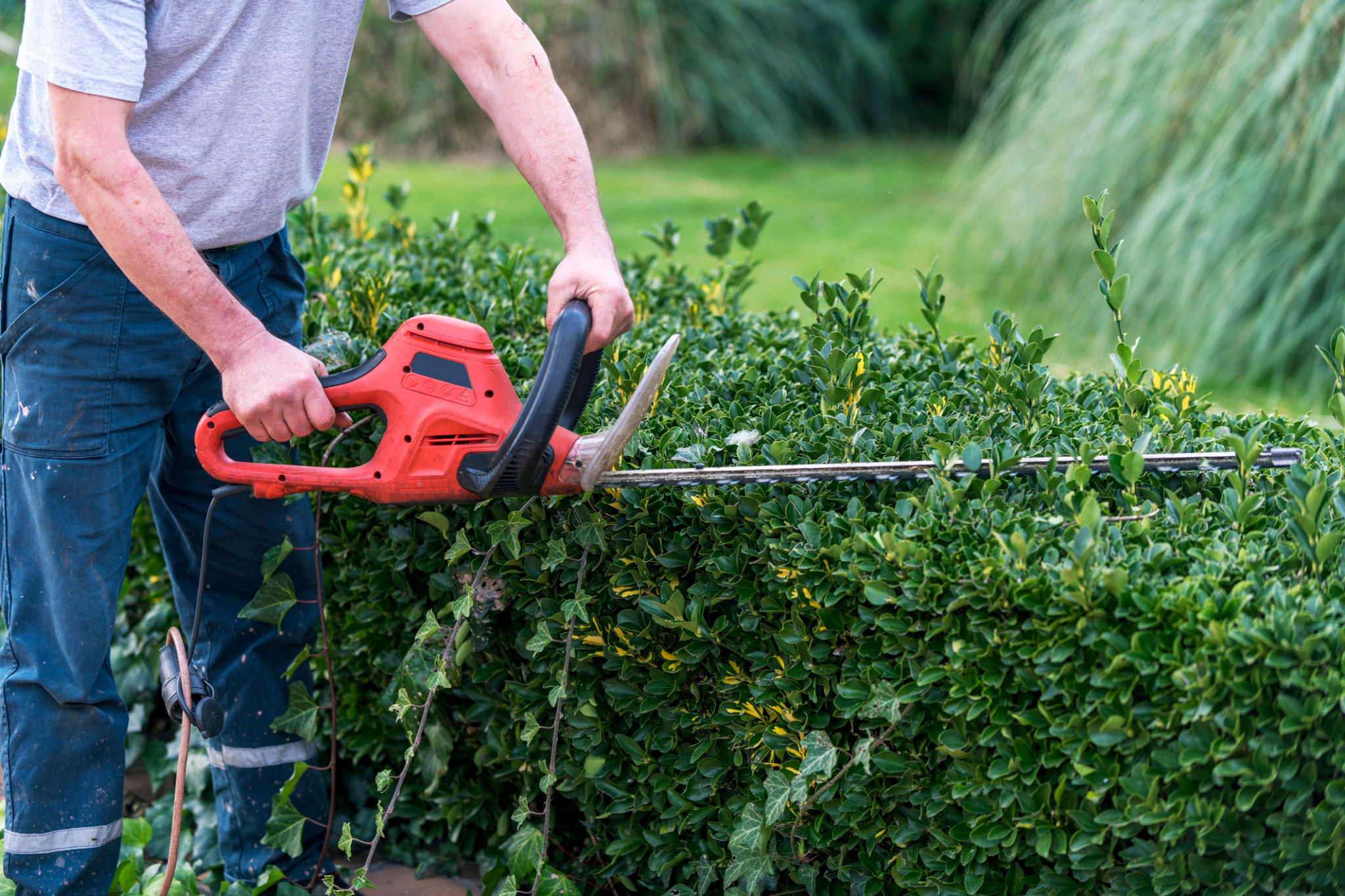DIY Electrical Repairs: What You Can and Can't Do Safely
Understanding DIY Electrical Repairs
Embarking on DIY electrical repairs can be both empowering and cost-effective. However, it's crucial to know which tasks you can tackle safely and which ones you should leave to the professionals. Understanding the basics of electricity and safety protocols is the first step in ensuring your home projects are successful and safe.

Basic Electrical Repairs You Can Do
There are several simple electrical repairs that most homeowners can handle without extensive knowledge or experience. These tasks generally involve minimal risk and can be completed with basic tools. Here are some common DIY electrical repairs:
- Replacing Light Fixtures: Swapping out a light fixture is typically straightforward. Ensure the power is off at the circuit breaker before starting.
- Changing Outlet Covers: If an outlet cover is cracked or outdated, replacing it is easy and safe once the power is turned off.
- Fixing Loose Wiring: If you notice loose wires in a non-electrical component like a lamp, tightening them can often solve the problem.
Tools You’ll Need
For most DIY electrical repairs, you'll need a set of basic tools. These include a screwdriver set, wire strippers, a voltage tester, and electrical tape. Investing in a multimeter can also be beneficial for more advanced tasks. Always ensure your tools are insulated to prevent electric shock.

When to Call a Professional
While some projects are safe for DIY enthusiasts, others pose significant risks and should be handled by licensed electricians. Attempting these tasks without proper training can lead to injury or even fire hazards. Here’s when you need to call in the experts:
Complex Electrical Repairs
Complex electrical repairs often involve high-voltage systems or intricate wiring that require professional skills. Here are situations where you should hire an electrician:
- Rewiring Your Home: This involves complex circuits and high-voltage lines that only a professional should handle.
- Installing New Circuit Breakers: The risk of improper installation leading to electrical fires is high.
- Upgrading Electrical Panels: This task requires knowledge of local codes and safety standards.

The Importance of Safety
Safety should always be your top priority when dealing with electrical repairs. Always turn off the power supply before starting any project, use proper protective gear, and avoid working in wet conditions. It's essential to understand your limits and not take unnecessary risks.
Conclusion
DIY electrical repairs can be manageable and rewarding if approached with caution and respect for safety protocols. By knowing which tasks you can safely handle and when to call a professional, you ensure both your safety and the longevity of your home's electrical system. Always prioritize safety over saving time or money, as the consequences of electrical mishaps can be severe.

